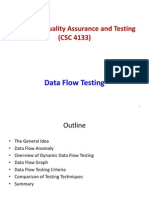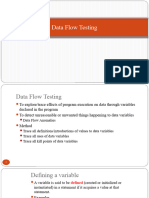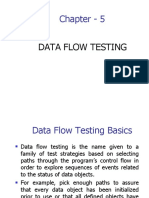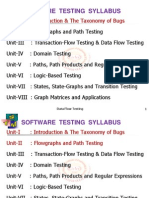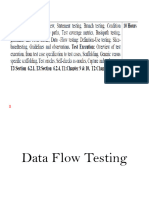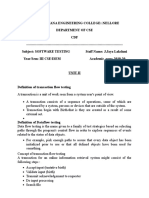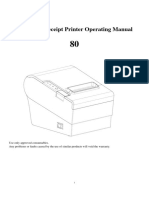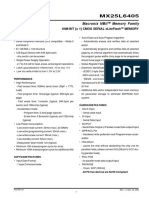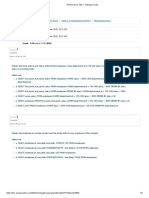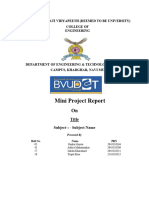0% found this document useful (0 votes)
42 views32 pagesChapter 4 Part II
Chapter 4 part 2 software testing
Uploaded by
Abdulmejid TsegayeCopyright
© © All Rights Reserved
We take content rights seriously. If you suspect this is your content, claim it here.
Available Formats
Download as PDF, TXT or read online on Scribd
0% found this document useful (0 votes)
42 views32 pagesChapter 4 Part II
Chapter 4 part 2 software testing
Uploaded by
Abdulmejid TsegayeCopyright
© © All Rights Reserved
We take content rights seriously. If you suspect this is your content, claim it here.
Available Formats
Download as PDF, TXT or read online on Scribd
/ 32


